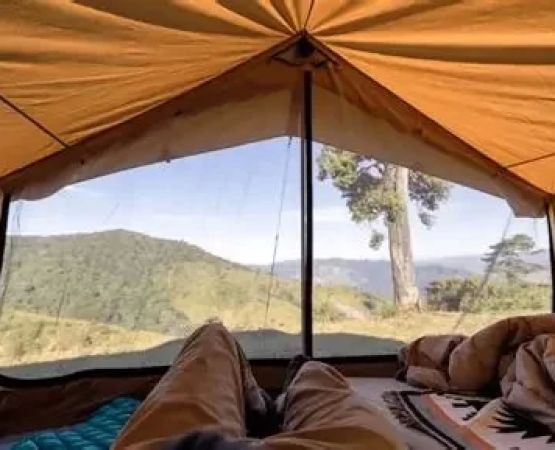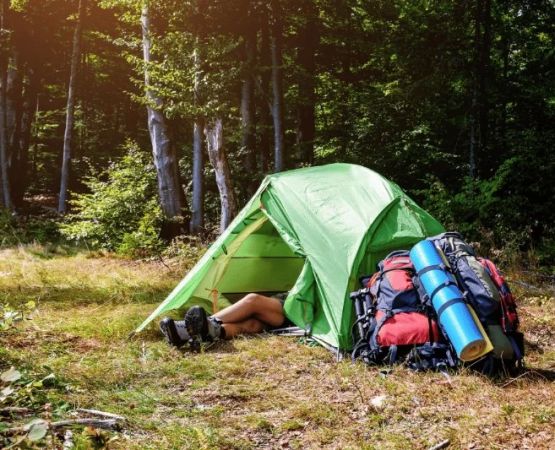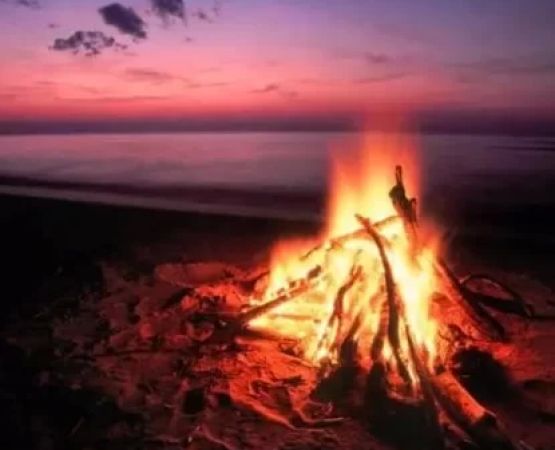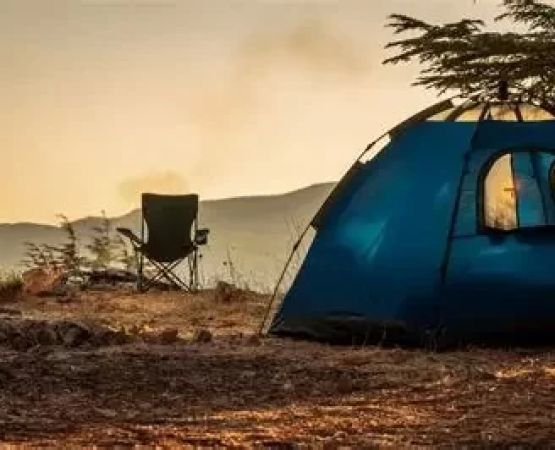How to Prevent Snake Bites While Camping: Essential Tips for Safety
Camping in the wild offers countless adventures, but it also presents some dangers. One of the most feared threats while camping, especially in areas known for wildlife, is the possibility of encountering a snake. Snake bites, while rare, can be life-threatening, especially in remote locations. Understanding how to prevent snake bites and knowing what to do in case of an encounter is crucial for any camper.
1. Understand the Risks: Know Your Environment
Before heading into the wilderness, it’s important to research the area where you’ll be camping. Some regions are home to venomous snakes, such as rattlesnakes, copperheads, and cottonmouths. Knowing what types of snakes are common in the area will help you be more prepared. Venomous snakes tend to reside in areas where there is tall grass, underbrush, or near water sources, so these are the places where you need to be especially vigilant.
In addition to researching the types of snakes, consider the time of year. Snakes are most active in warmer months, particularly during spring and summer, so if you plan to camp during these seasons, you'll want to take extra precautions. When planning your camping trip, keep these details in mind to minimize your exposure to potential risks.
2. Choose the Right Campsite Location
Where you set up camp can greatly impact your chances of encountering a snake. Avoid placing your tent in areas with dense brush or tall grass, as snakes often hide in these spots. It’s also wise to set up camp away from water bodies like streams or lakes, as snakes are often found near these areas looking for food or water.
Instead, choose a flat area with minimal vegetation. A campsite with clear, open spaces gives you a better chance to spot any snakes in the area before they get too close. Additionally, setting up on high ground can reduce the likelihood of encountering snakes, as they prefer to stay in areas that are sheltered and more difficult to access.
3. Wear Proper Clothing and Gear
One of the simplest ways to protect yourself from snake bites is by wearing the right gear. When hiking or walking through areas that might have snakes, make sure you’re wearing tall, thick boots that cover your ankles. High boots made of leather or snake-proof materials provide an extra layer of protection against snake strikes.
Additionally, wear long pants that are tightly secured at the cuffs. Avoid wearing sandals or open-toed shoes when exploring outdoor environments. While no gear is 100% snake-proof, these precautions can significantly lower your risk of getting bitten by a snake while on your camping adventure.
4. Stay Vigilant and Watch Your Step
Snakes are often camouflaged, blending seamlessly into their surroundings. That’s why it’s important to stay vigilant and always watch where you step, especially when walking through areas with heavy vegetation or rocky terrain. When hiking, take your time and make sure to look ahead and around you. Snakes usually prefer to stay out of sight, but they can be startled by sudden movements or loud noises.
Also, try to avoid reaching into areas where you cannot see, like under rocks or fallen branches. If you need to move debris or reach into an area where a snake might be hiding, use a long stick to investigate first. This extra step helps ensure you’re not startling a snake into defensive behavior.
5. Keep Campsite Clean and Tidy
A clean campsite is less likely to attract wildlife, including snakes. Make sure to keep food and trash securely stored in containers that are tightly sealed. Food scraps left around can attract rodents, which in turn attract snakes looking for a meal. Make sure all trash is disposed of properly, and never leave food items exposed at the campsite overnight.
Keep your campsite tidy by regularly checking for any clutter or debris that could potentially create hiding spots for snakes. By minimizing the attractants around your campsite, you’ll reduce the chances of a snake coming too close to your tent.
6. Know What to Do If You Encounter a Snake
Despite all precautions, there’s always a chance you could come across a snake during your camping trip. If you do, it’s important to stay calm and not panic. Snakes usually won’t attack unless they feel threatened, so your first instinct should be to back away slowly and give the snake space to move away from you.
In the unlikely event that you are bitten, it’s crucial to act quickly. Seek medical attention immediately, and try to keep the affected limb immobilized to slow the spread of venom. Do not try to suck out the venom or use a tourniquet, as these methods can cause more harm. Call for help and ensure that you’re taken to a medical facility as soon as possible for treatment.
Conclusion
Camping is a wonderful way to reconnect with nature, but it’s important to be aware of the risks, including the potential for snake encounters. By understanding the environment, choosing the right campsite, wearing proper clothing, staying vigilant, and maintaining a clean environment, you can significantly reduce your chances of snake bites. However, it’s also important to be prepared for the unlikely event of an encounter by knowing how to react and seeking medical help quickly if needed.
With the right precautions, you can enjoy your camping trip in the Pacific Northwest, the Rocky Mountains, or any other snake-prone area, without worrying about snake bites. Stay informed, stay safe, and most importantly, enjoy your adventure in the great outdoors!






